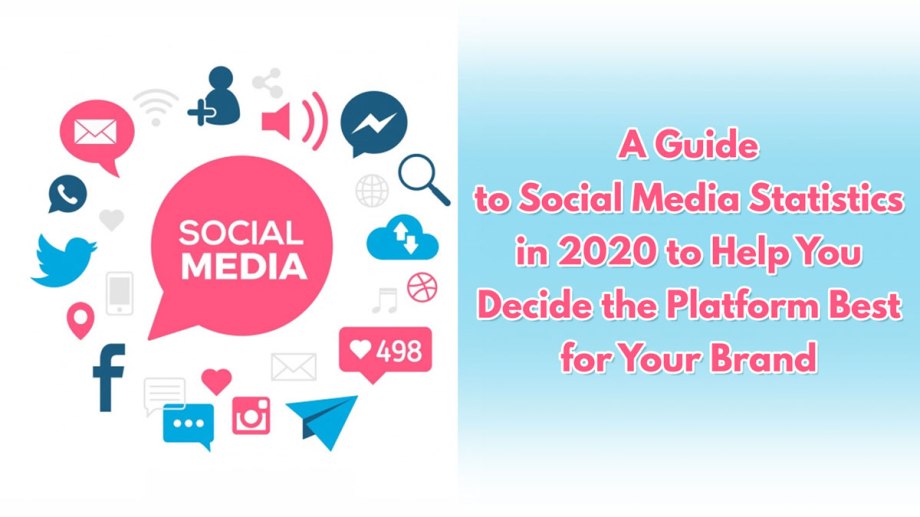Do you ever feel like you’re writing and re-writing the same thing – this isn’t good content marketing. No one wants to read uninspired content marketing.
Even the best content marketers can get caught in a rut. When you have to turn out new marketing every week or two, eventually, ideas run short.
If your content lacks excitement or originality, stop. Assess where you’ve gone wrong. If you are not having any fun creating content, you can’t expect your audience to feel any different.

What is the best content marketing approach for engagement?
The best way to write content and create a content marketing campaign is variety. Switch it up. Move from content that’s info-based to opinion. Write out a range of different content types.
When you’re constantly mixing things up with content, you keep your audience guessing. Perspective and tone should stay more or less the same or similar. The content itself though, experiment with it.
Informational content uses facts. It imparts knowledge. Tips, how-to tutorials, and educational content are in this category.
Opinion content is light and loose. It can be funny or emotional. An opinion should be personal, expressing thoughts and feelings directly.
There’s a right and wrong way to approach both. As long as it aligns with your brand, exploring content from both categories can keep things interesting for you.
What is a listicle in content marketing?
If your content marketing is boring, switch things up with listicles. This is list-based content marketing. Each entry on a list should be short, easy to read, and to the point.
Lists make for great content because they can be skimmed. It doesn’t take a lot of searching to find the information a reader’s looking for.
How important are how-to guides in content marketing?
How-to guides are very important in content marketing. This is because they don’t sell. They contribute value, immediately and without obligation.
How-to guides are about education and learning. Teach your reader something. It can be how to use your product or service, how to use a feature of a product or service, or how to get the most from a product or service.
Beginner tips.
Tutorials.
In-depth looks.
Solve a problem.
These are 4 common how-to content marketing types. Don’t forget that content marketing isn’t always about writing blogs and articles. You can use video marketing as well.
How-to guides in video marketing build a strong connection to the audience. They’re considered easier to consume and very engagement-friendly. If your content is boring, consider mixing in more video.
How do I use news and trends in my content marketing?
Every brand has something to say. News and trends have a part to play in that. New tech, influencers, social media trends, and more.
If you have a unique perspective on what’s going on in your industry, say it. The public’s always looking for reliable, fact-driven, current news. Say it with a strong delivery and your content marketing numbers can see an instant jump.
Commenting on newsworthy topics, it can require more time in creating content. The content created is also time-sensitive, with a quicker expiry date on it. Depending on your brand’s voice, you may choose one of these two news and trend content marketing approaches.
Casual, conversational briefs.
Formal, in-depth analysis.
Can I create content marketing with other brands or influencers?
Team with others. Talk to experts and influencers. Use your content marketing as a way to showcase dialogue.
Interview an expert.
Create content that showcases 3-4 perspectives from a panel of experts.
Profile the work of a collaborator or influencer.
Invite an influencer or expert to write a guest post.
If you invite in others to create content with you, ensure it relates to your audience. Select influencers, experts, or brands that match your content intent. Don’t deliver any off-brand messages.
To plan content like this, create a list of questions. Have a discussion with other parties involved. Then craft your strategy for content, based on that.
What is more valuable in content marketing between opinion and information?
Your opinion matters. It’s unique. It’s something no one else has. Social media platforms love opinion content marketing.
Look at Facebook, YouTube, Twitter, Reddit, Instagram, and others. These aren’t sites built off information and education. They run entirely off opinion. Share yours in the most valuable way.
How do I write a review of a product or service in my industry?
One of the most accepted ways to share opinion is with a review. Take a new product. Use it. Does it do everything you expect – write about it.
A review is also an opportunity to build relationships. See you can get your blog sponsored by a brand to review their product.
If you are honest about your experience with a product – but not insulting – you earn respect in the eyes of the reader. Break down the good and bad, ‘pros and cons’ style.
How do you entertain with content marketing?
People love entertainment. They want to be entertained. If you can do that with expressive, opinionated content, that’s a big advantage.
Entertaining the reader is an art form. You don’t want to be offensive, snarky, ranting, or controversial. You don’t want to turn off anybody.
You want to be respectful. You also want to have a point in your content. Aimless meandering doesn’t serve a purpose. Be smart, clever, and be yourself.
Learning how to entertain with content marketing using your voice and not someone else’s can take time. Don’t be discouraged. If you create content that’s entertainment-based and it isn’t good enough, there’s no rule saying you have to post it. Don’t. Leave it. Try again.
What is the right tone to use in content marketing?
Don’t believe a word you read on what ‘the right tone’ is for content marketing. A plumber will not use the same tone to speak to their audience as a clothing brand. There is no ‘right tone’ answer.
The important part about tone in content marketing is that it is consistent. Some will want a professional tone. Others will want a more casual, conversational tone. Some will want to be humorous. Others will want to communicate more authority.
Your tone should reflect your personal style and what you see for your brand. It will mirror the language and tone used by your audience, in most cases.
Is a blog or video more effective content marketing?
We hinted at using video in your content marketing earlier. Video has a huge role to play. This role’s only going to grow in the years to come.
YouTube, Facebook, and Instagram all encourage video content marketing. Video gives you a different angle. It’s a unique way to share your content with users not interested in reading an article.
There are also advantages to written content. They can give you more space to share, argue, and analyze. Articles or blogs help with SEO, social media, email marketing, web design, smartphone marketing, and in so many ways.
Ideally, you want videos and blogs in your content marketing plan. Both have their benefits. Here are some other content marketing ideas.
Start a short vlog series behind-the-scenes at your brand.
Starting a podcast based on your articles and blogs.
Creating a video series on Facebook.
Live streaming on Facebook, Twitter, Instagram, and other channels.
Using Instagram Stories.
Create a Pinterest board with images.
Content shouldn’t be boring. Be exciting. Be wild. Always contribute value. Content marketing isn’t going away. The brands who succeed at it are going to get results. Those who don’t won’t. Use every piece of content to re-establish your brand in tone, message, and meaning. Blogs and articles, images, and video. Mix up your approach. Spread the word.







